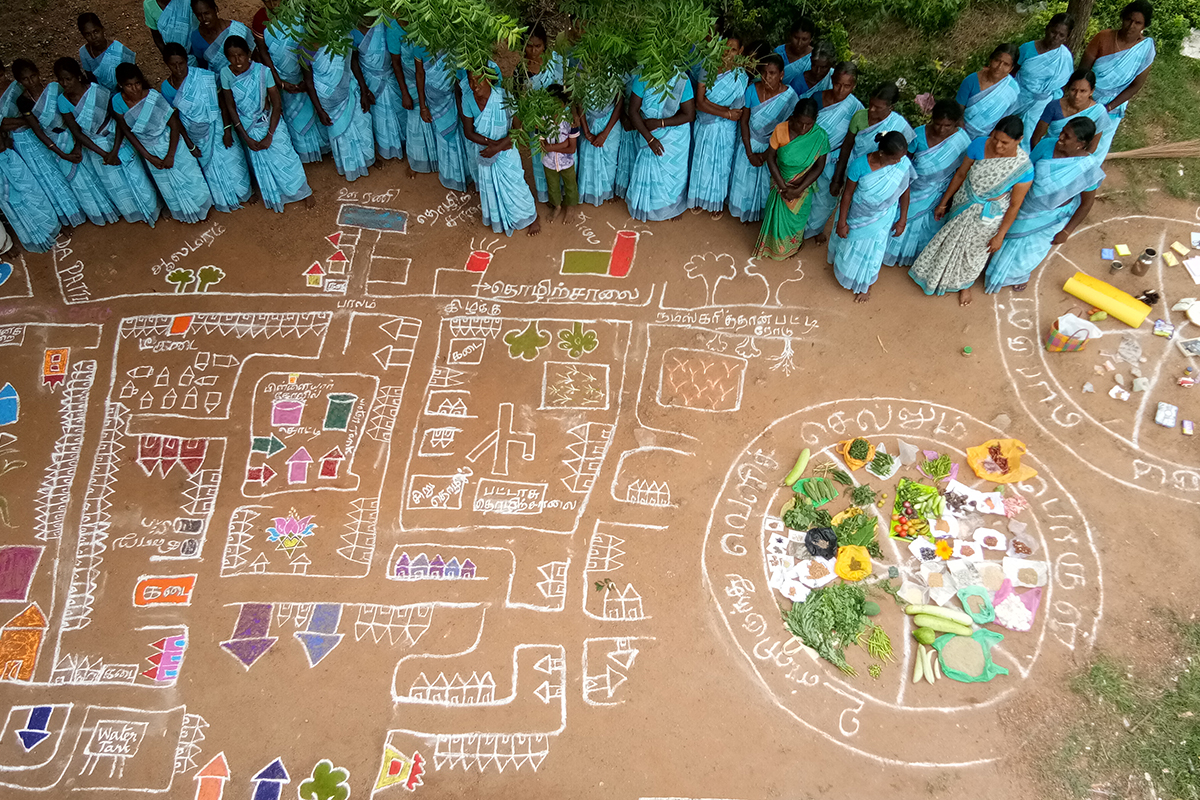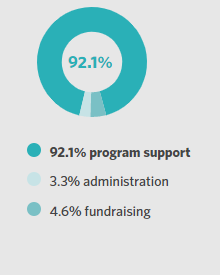INDIA MOMS USE DRAWINGS TO PINPOINT BUSINESS PROSPECTS
In the fight against global poverty, one of the tenets of healthy development is respecting the capabilities of the people you serve and building on their strengths.
In southern India, there’s an art form called kolam that uses dyed rice flour to create beautiful designs on the ground outside of homes, often as a sign of hospitality. It’s basically like sidewalk chalk without sidewalks.
Moms whose children are sponsored through Unbound have turned kolam into a poverty-fighting tool.
In communities challenged by poverty, it’s easy to be overwhelmed by everything that’s broken or missing. It’s also all too common for well-intentioned outsiders to make assumptions about what’s needed.
Part of creating effective change is to gain an understanding of what assets are available in the community and build from there. This process is aided by a tool called Community Resource Mapping (CRM). The process, like virtually everything in international development, works best when it’s led by the people most affected by the problem.
In southern India, there’s an art form called kolam that uses dyed rice flour to create beautiful designs on the ground outside of homes, often as a sign of hospitality. It’s basically like sidewalk chalk without sidewalks.
Moms whose children are sponsored through Unbound have turned kolam into a poverty-fighting tool.
In communities challenged by poverty, it’s easy to be overwhelmed by everything that’s broken or missing. It’s also all too common for well-intentioned outsiders to make assumptions about what’s needed.
Part of creating effective change is to gain an understanding of what assets are available in the community and build from there. This process is aided by a tool called Community Resource Mapping (CRM). The process, like virtually everything in international development, works best when it’s led by the people most affected by the problem.














